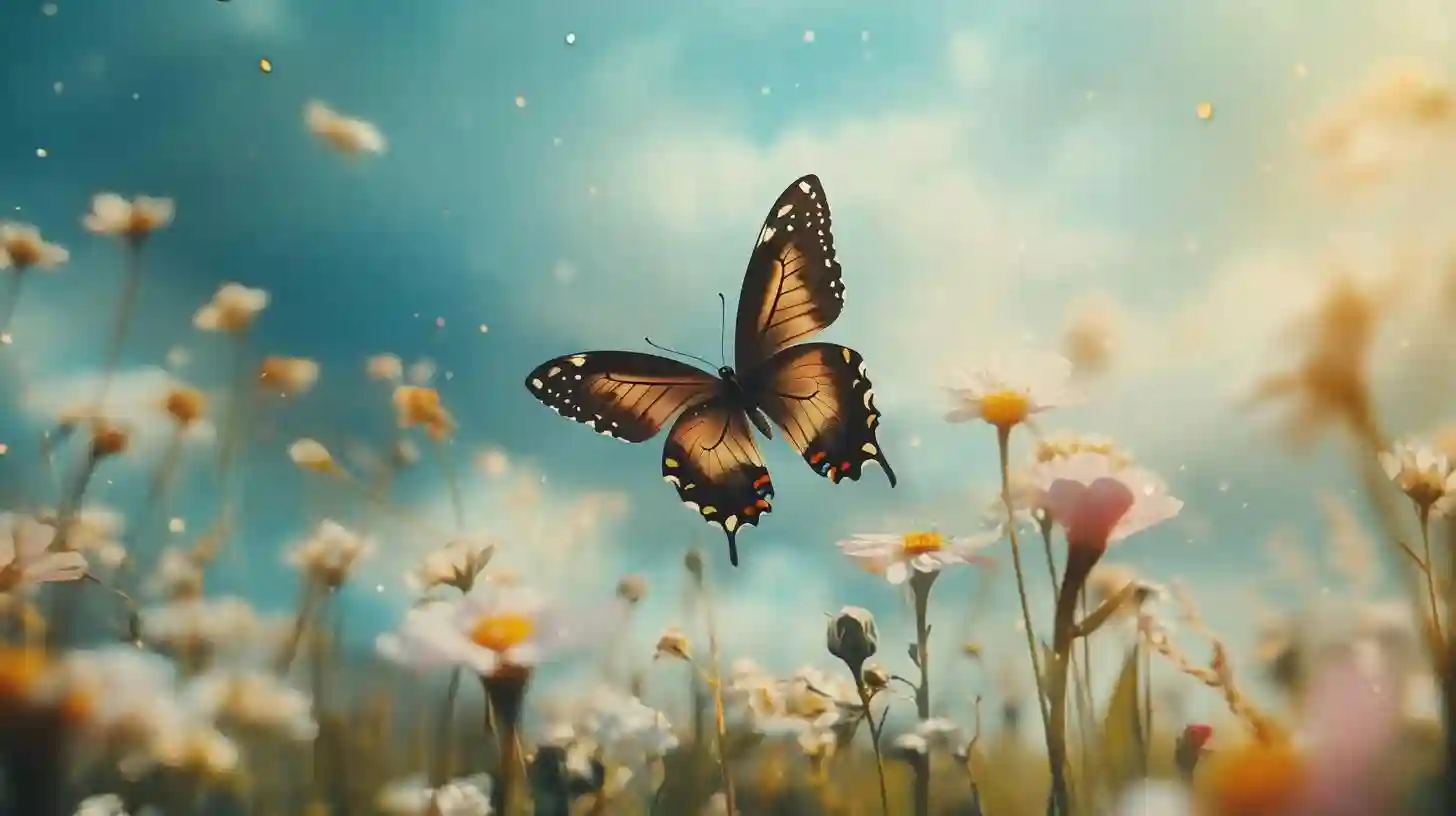
The delicate fluttering of butterflies has captivated the imagination of people throughout history. Their vibrant colors and ethereal movements have often been associated with beauty, grace, and transformation. From bustling meadows to serene gardens, these enchanting insects contribute significantly to the ecosystem, serving as important pollinators and indicators of a healthy environment. To observe a butterfly in its natural habitat is to witness a small piece of magic unfold before our eyes.
The life cycle of a butterfly is a fascinating process that embodies the concept of metamorphosis. From a tiny egg, these creatures embark on a remarkable journey that will see them transform into caterpillars, then into chrysalises, before finally emerging as the breathtaking adults we recognize. Each stage presents its own set of challenges and marvels, showcasing the resilience and adaptability of these insects. The caterpillar's primary purpose is to consume food, growing rapidly to prepare for the next phase of its life. Once it has reached a sufficient size, it undergoes the dramatic shift of forming a chrysalis. This period of dormancy allows the caterpillar to reorganize its body structure completely, resulting in the emergence of the adult butterfly. Such a profound transformation not only represents the cycles of life but also embodies themes of renewal and hope that resonate with many cultures and philosophies.
Butterflies come in countless species, each with distinct characteristics and behaviors. Some possess wings adorned with intricate patterns and vibrant hues that make them easily recognizable, while others may adopt more subtle shades to blend seamlessly with their surroundings. In many cases, these vivid colors serve a greater purpose than mere aesthetics. They can function as warnings to potential predators about the butterfly's toxicity or mimicry of other species to avoid attack. The interplay of beauty and survival vividly illustrates nature's astounding capability for adaptation. Additionally, specific species are known for their unique migratory patterns, traveling thousands of miles to locate suitable breeding grounds. The Monarch butterfly, for example, embarks on a remarkable journey from North America to Mexico, navigating through hazards such as predators and environmental changes, a feat of endurance that further emphasizes the resilience of these insects.
The habitat of butterflies varies widely, encompassing diverse environments such as forests, grasslands, wetlands, and urban gardens. They thrive in areas rich in flowering plants, as these provide essential nectar that fuels their energy. The presence of host plants for caterpillars is critical as well, as certain species only feed on specific plants during their larval stage. This direct link between butterflies and their chosen habitats underscores the significance of biodiversity in maintaining healthy ecosystems. A decrease in butterfly populations may indicate broader ecological issues, serving as an urgent reminder of the need for environmental conservation.
Despite their enchanting presence, butterflies face numerous threats in today’s world, including habitat loss, climate change, and pesticide use. The rapid development of urban areas has encroached upon vital habitats, reducing food sources and breeding grounds. Moreover, climate change has caused shifts in weather patterns, affecting the timing of blooming flowers and consequently disrupting the delicate symbiosis between butterflies and their ecosystems. Additionally, the widespread use of pesticides poses a considerable risk, not only to butterflies but to countless other beneficial insects that contribute to pollination and biodiversity. These challenges highlight the importance of creating awareness and implementing practices that support butterfly conservation.
Engaging with butterflies can instill a sense of wonder about the natural world. Observing them can prompt deeper reflection on our interconnectedness with nature and inspire actions that protect and preserve biodiversity. Butterfly gardens are increasingly popular, serving as sanctuaries for these insects while also promoting local ecosystems. Planting a variety of native plants that cater to both adult butterflies and their larval forms encourages their presence and nurtures their life cycle. Such gardens not only attract butterflies but also enhance the beauty of the landscape, inviting moments of tranquility and enchantment.
The allure of butterflies lies not only in their stunning appearance but also in their life stories and ecological roles. These exquisite insects embody the grace of transformation, survival, and the delicate balance of nature. Their presence adds vibrancy to the world around us, reminding us of the beauty that thrives in diversity and the importance of preserving the natural wonders that surround us. Embracing the enchanting world of butterflies enriches our lives, fostering a deeper appreciation for the delicate threads that connect all living beings within the tapestry of life.